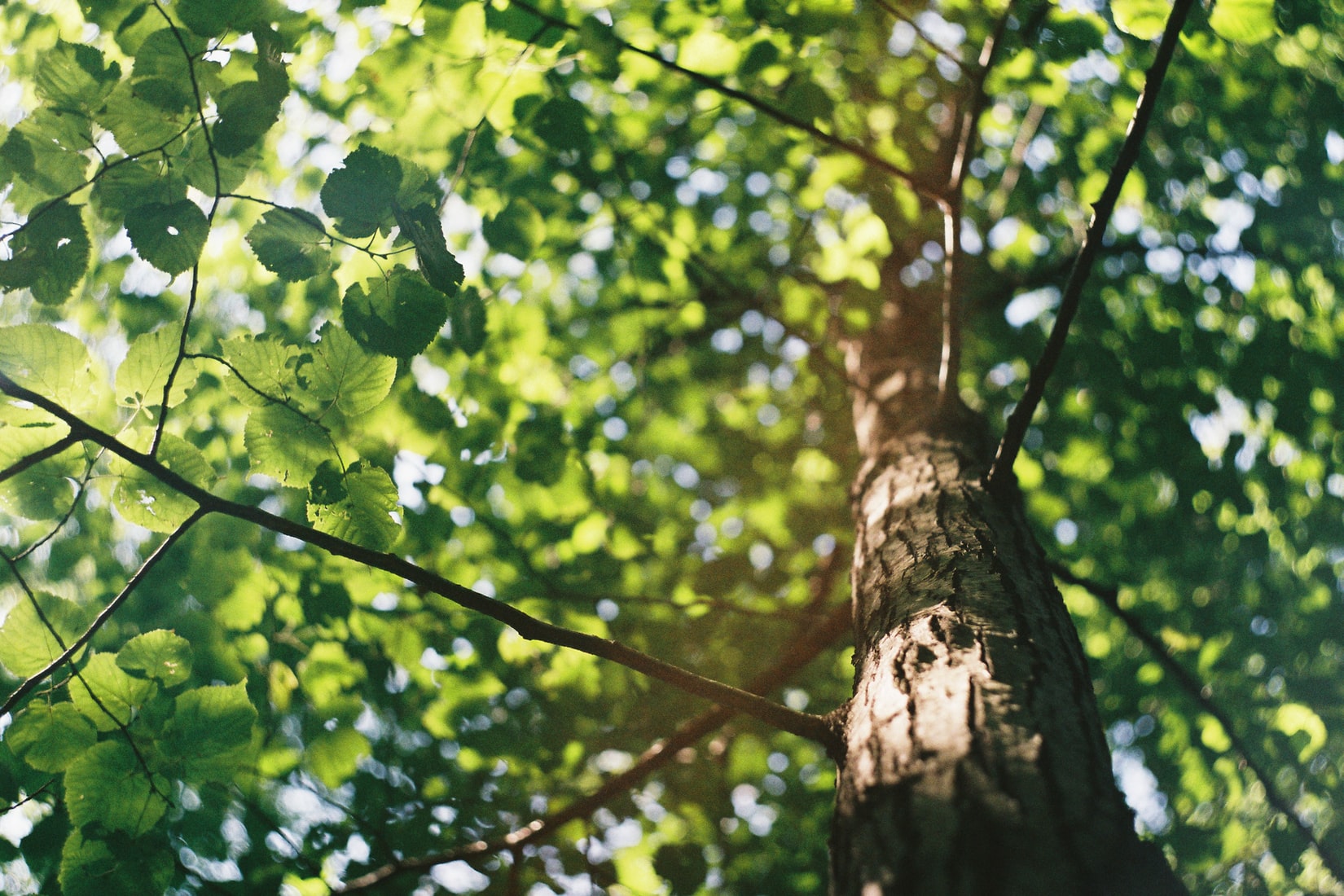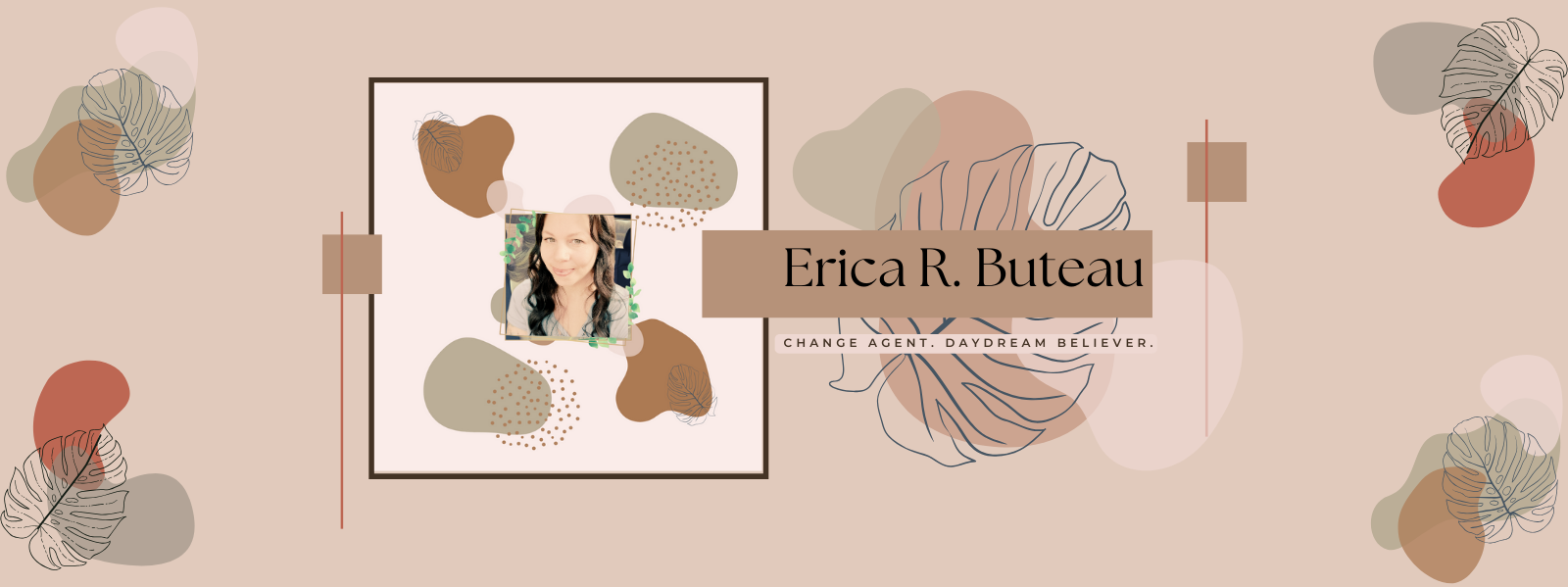
The right trees can add shade, privacy, and increase the value of your backyard. Choosing the right trees can easily create a stunning outdoor environment.
Choose Trees for Your Climate Region
Perhaps the number one way to choose the right trees is to pick ones that will thrive in your particular environment. You may love the look of a palm tree, but most palms will not survive through a sub-zero, far north winter. Likewise, deciduous trees that thrive in the Northeast may not do well in the dry, arid Southwestern deserts.
So, the first thing you’ll need to do is research the type of trees that will do well in your climate region and soil type. You can look around your neighborhood for trees you like, and likewise, cities and commercial buildings generally plant hardy trees. If you like the trees around the city hall or your shopping mall, find out what they are, and plant them.
Choose Trees to Suit Your Goals
Why do you want a tree in your backyard? Do you need shade? Do you want to grow fruit? Do you simply want to fulfill an artistic vision for your yard?
Different trees can fulfill different purposes. Once again, you’ll need to consider what type of trees will thrive in your yard. For example, you may want to grow citrus fruit, but citrus trees will not do well in cold, northern climates. Likewise, you may dream of growing a stately redwood tree, but that won’t happen anywhere other than the Pacific Northwest.
How Much Care are You Willing to Give?
You also need to consider how much time and care you’re willing to give your tree. Some trees are easy-care, and others are not. Also, some trees drop all of their leaves in the autumn, and those will need to be raked up. 24/7 tree services can help you maintain your trees, but you still need to consider the amount of care a tree requires.
Do You Have Allergies?
If you are prone to allergies, you’ll want to avoid trees that spray a lot of pollen in the spring. Trees that are notorious for triggering allergies include elm, mulberry, pecan, oak, and Arizona cypress. Some varieties of pine also can spray a lot of pollen. Before you start buying trees, research which trees you may be allergic to.
The right tree in your backyard can totally transform it, and bring joy and pleasure for many years to come.

